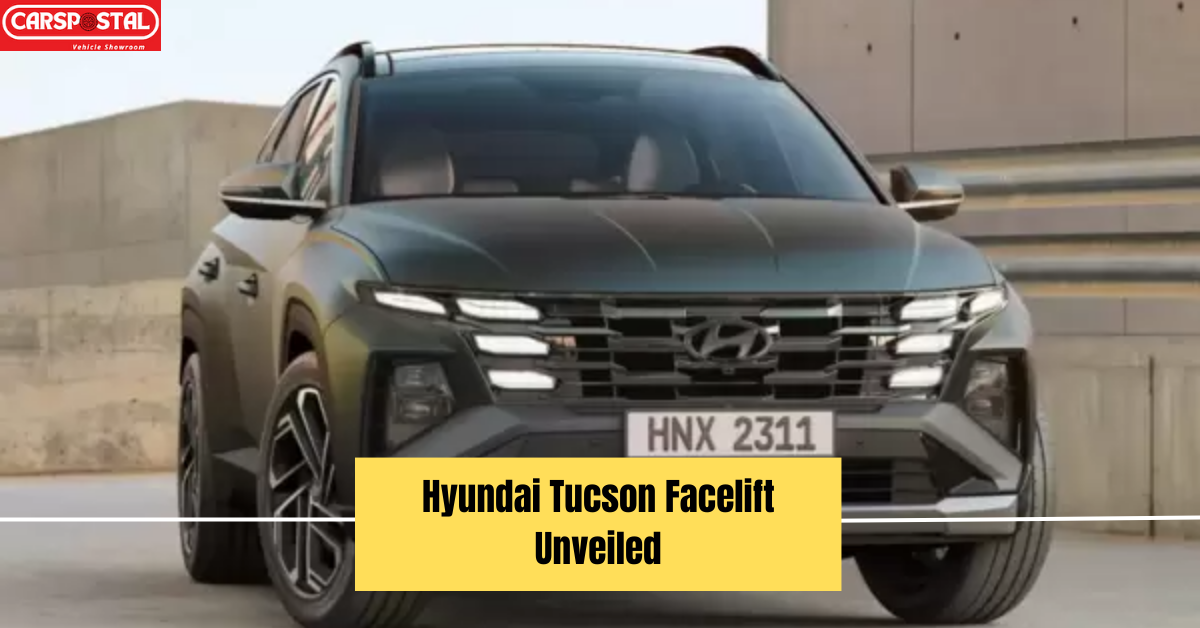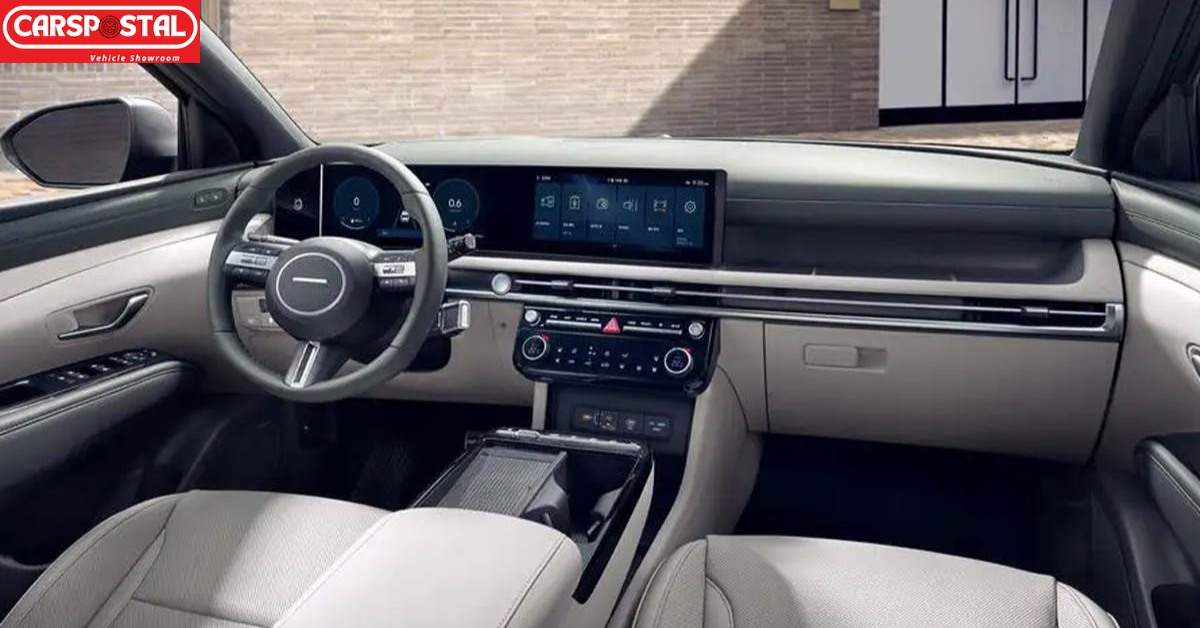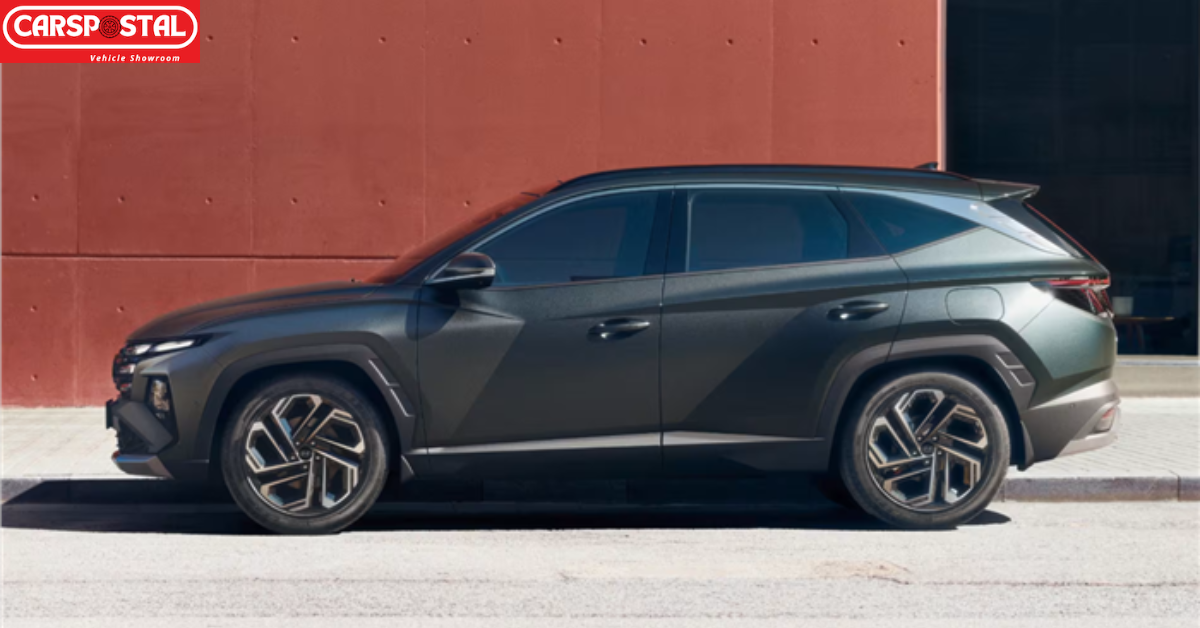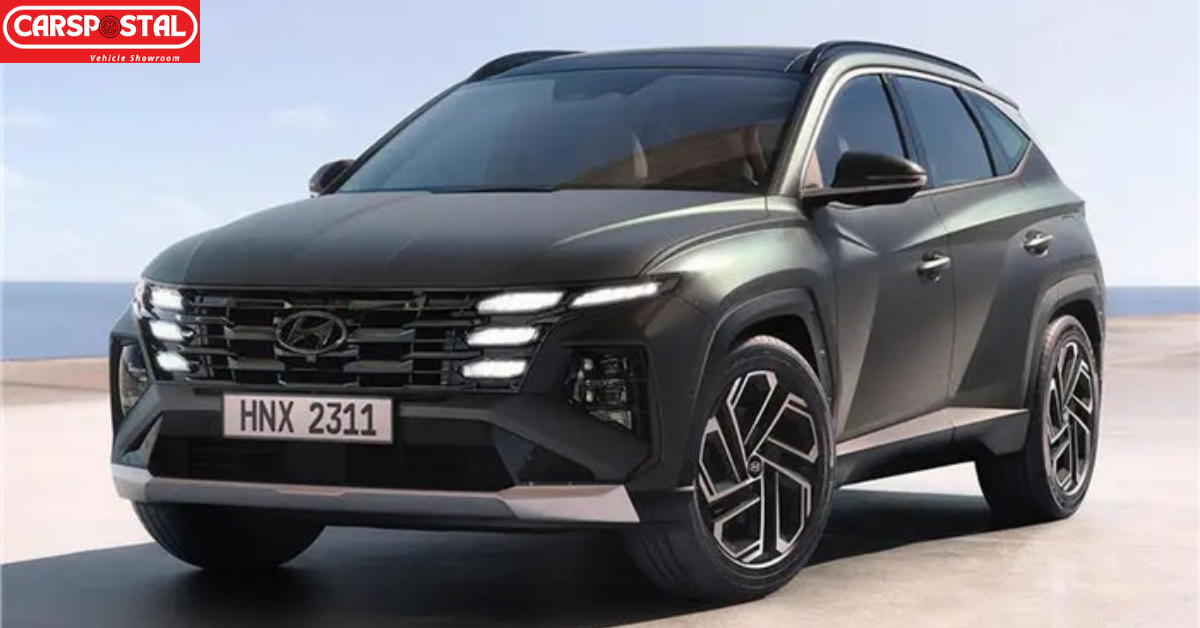
It’s possible that Hyundai introduced the Tucson to India somewhat more than a year ago. For international markets, the automaker has previously unveiled the Tucson makeover. Arriving in India in 2024, the revised D1-segment SUV will have a few modest design tweaks and new features. Now let’s examine the changes and their potential impact on Hyundai’s flagship SUV’s pricing in India.
 Unveiling the Hyundai Tucson Facelift
Unveiling the Hyundai Tucson FaceliftEven at first glance, the Hyundai Tucson 2022 was a handsome SUV. The Tucson facelift has some small design tweaks, but they nonetheless improve the SUV’s road presence. A new “Parametric Jewel” grille with four LED daytime running lights on either side is installed up front. Minor modifications are also made to the front bumper and headlamps, and Hyundai has fitted new alloy wheels to the SUV. A new skid plate is also added to the SUV’s front and rear profiles.
 Hyundai Tucson Facelift Inside
Hyundai Tucson Facelift InsideThe Tucson facelift receives an updated dashboard design inside. The gear selector is now located on a stalk on the steering column instead of the center console. Along with the revised AC vents and steering wheel, the 12.3-inch driver’s display and touchscreen infotainment system now share a single housing for a more unified appearance. The Bose sound system’s volume is managed by a smaller knob with a knurled finish, while the AC temperature and fan blower speed are adjusted via rotary knobs on the central console. Lastly, capacitive buttons are used for additional functions and physical buttons are used to switch between different AC settings.
There are USB Type-C connections, a 120V outlet, and a wireless charging pad beneath the control panel, while a storage cubby and two cup holders are located just in front of the front seat armrest.
The complete feature list of the Tucson facelift has not yet been released by Hyundai, but we anticipate that it will include the same features as before, such as the powered tailgate, air purifier, dual-zone climate control, panoramic sunroof, ESP, hill hold assist and six airbags in addition to other features.
 Hyundai Tucson Facelift Powertrain
Hyundai Tucson Facelift PowertrainRegarding powertrain choices, we anticipate that the India-spec Tucson facelift will carry over the present lineup of engines, which consists of a 2.0-liter gasoline and diesel engine mated to an automatic gearbox. The Alcazar was previously powered by a 4-cylinder, 2.0-liter regular gasoline engine that produced 156 horsepower and 192 Nm of torque. It was only available with a 6-speed automated gearbox. The four-cylinder, 2.0-liter turbodiesel engine generates 416Nm and 186PS, and it has an eight-speed automated gearbox. We anticipate that the Hyundai Tucson facelift will keep the AWD with snow, mud, and sand modes available on the top-tier diesel version of the current Tucson.